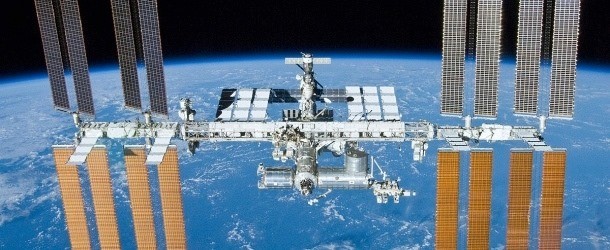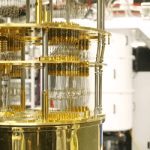NASA Scientists on ISS Observe Quantum ‘Fifth State of Matter’ Opening up Host of R&D Opportunities

(Phys.org) A team of NASA scientists unveiled the first results from Bose-Einstein condensates experiments aboard the International Space Station, where particles can be manipulated free from the constraints of gravity. These scientists observed the fifth state of matter in space for the first time, offering unprecedented insight that could help solve some of the quantum universe’s most intractable conundrums.
Bose-Einstein condensates (BECs)—the existence of which was predicted by Albert Einstein and Indian mathematician Satyendra Nath Bose almost a century ago—are formed when atoms of certain elements are cooled to near absolute zero (0 Kelvin, minus 273.15 Celsius). BECs are extremely fragile. The slightest interaction with the external world is enough to warm them past their condensation threshold. This makes them nearly impossible for scientists to study on Earth, where gravity interferes with the magnetic fields required to hold them in place for observation.
On Thursday a team of NASA scientists unveiled the first results from BEC experiments aboard the International Space Station, where particles can be manipulated free from Earthly constraints.
Research team leader David Aveline told AFP that studying BECs in microgravity opened up a host of research opportunities.
“Applications range from tests of general relativity and searches for dark energy and gravitational waves to spacecraft navigation and prospecting for subsurface minerals on the moon and other planetary bodies,” he said.























